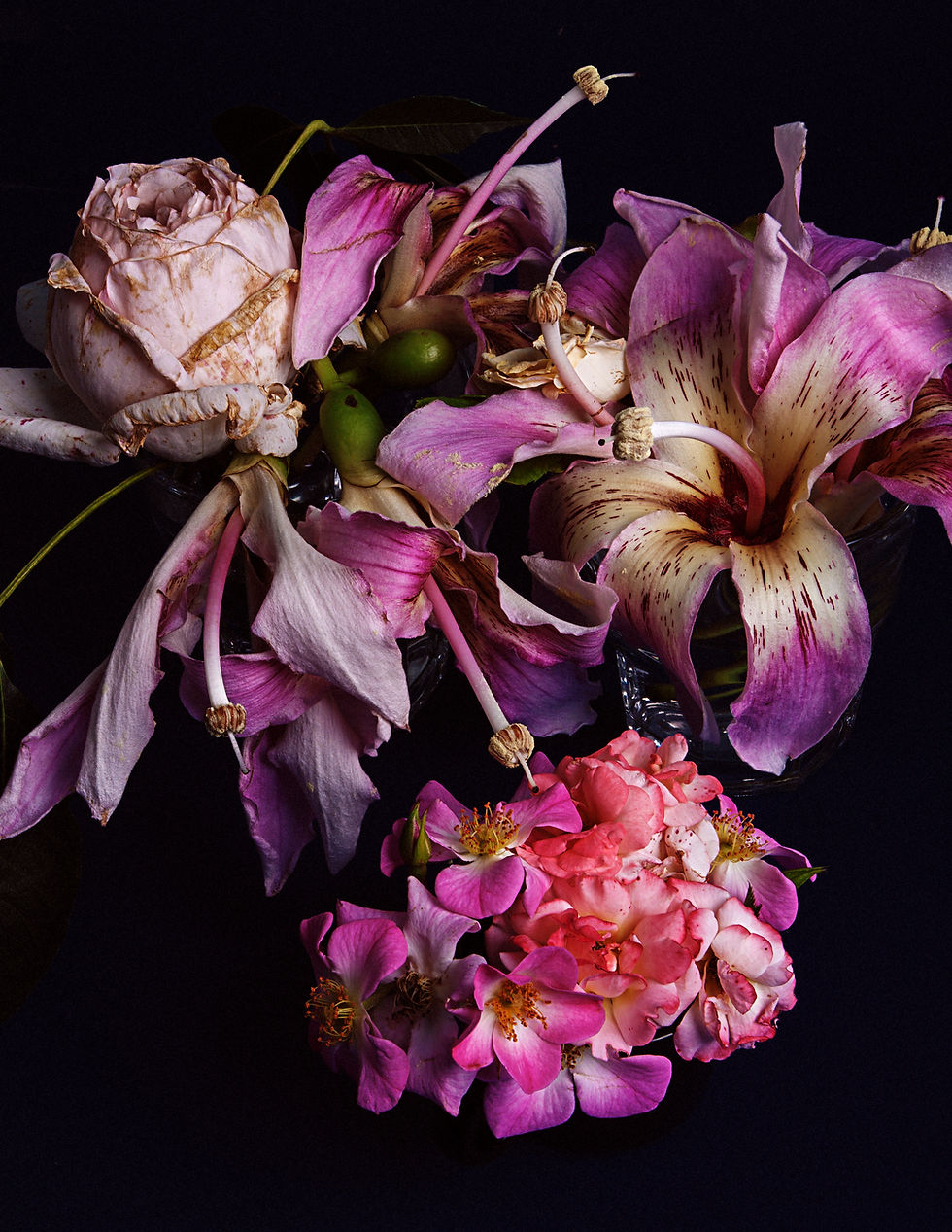Watering Wonders: Finding the Sweet Spot for Your Plant's Thirst
- handpickedblossoms

- Apr 21
- 2 min read

Hey there, fellow plant parent! Let's talk about a topic that's like the Goldilocks of gardening – watering. Finding that "just right" balance might sound like a puzzle, but worry not, I've got your back. We're diving into the world of overwatering and under-watering – two sides of the watering coin that can make or break your plant paradise. Let's get those watering cans ready and make your plants sing with joy!
1. Overwatering: The Flood of Love:
Imagine your plant wearing a snorkel – that's what it feels like when it's overwatered. Too much water can be suffocating for your plant's roots, and just like a soggy sandwich, nobody likes that.
Signs of Overwatering:
Yellowing Leaves: If your plant's leaves are turning yellow and feeling squishy, it's probably getting too much love (aka water).
Wilting Despite Moist Soil: Odd, right? But overwatered plants can actually wilt because their roots can't get enough air. Weird but true!
Moldy Soil: A bit of mold partying in your soil? That's a sign that things are too damp for your plant's liking.

2. Under-Watering: The Parched Predicament:
Okay, imagine walking through the desert without a water bottle – that's how your plant feels when it's under-watered. Too little water means your plant's roots are craving a sip.
Signs of Under-Watering:
Wilting: If your plant's looking floppy and droopy, it's sending you an SOS for water.
Dry Soil: Stick your finger about an inch into the soil. If it's dry as a desert, your plant's definitely thirsty.
Crispy Leaves: If your plant's leaves are turning crispy and brown at the edges, it's time to hydrate!
3. Finding the Sweet Spot:
Okay, let's find that "just right" watering rhythm. Stick to these simple steps:

a) Check the Soil: Before watering, poke your finger into the soil. If it feels moist about an inch below the surface, your plant is still sipping its drink.
b) The Weight Test: Lift your pot. If it feels light, it's probably thirsty. If it feels heavy, hold off on the watering – your plant's belly is full!
c) Water Slowly: When you water, do it slowly and gently. Think of it like a cozy rain shower, not a garden hose attack.
d) Drainage Matters: Make sure your pots have drainage holes to avoid waterlogging – that's the soggy situation we talked about earlier.
We reccomend using a 1 gallon long spout watering can when watering indoor or outdoor planters. For larger gardens, we reccomend this hose sprayer for its durability (be sure to bring it in during the winter, or it will break!). Always water from the bottom of the plant, and avoid getting the leaves drenched.
Watering your plant pals is like being a hydration hero. Keep an eye out for the signs your plant gives you – it's like having a secret language. Remember, overwatering and under-watering can be a tricky balancing act, but you've got this! With a little practice and some good old observation, you'll soon become a watering wizard. So grab your watering can and keep those plant vibes thriving!


Comments